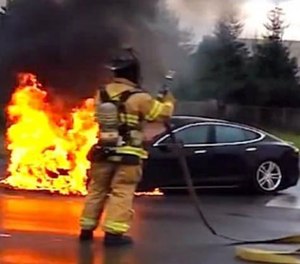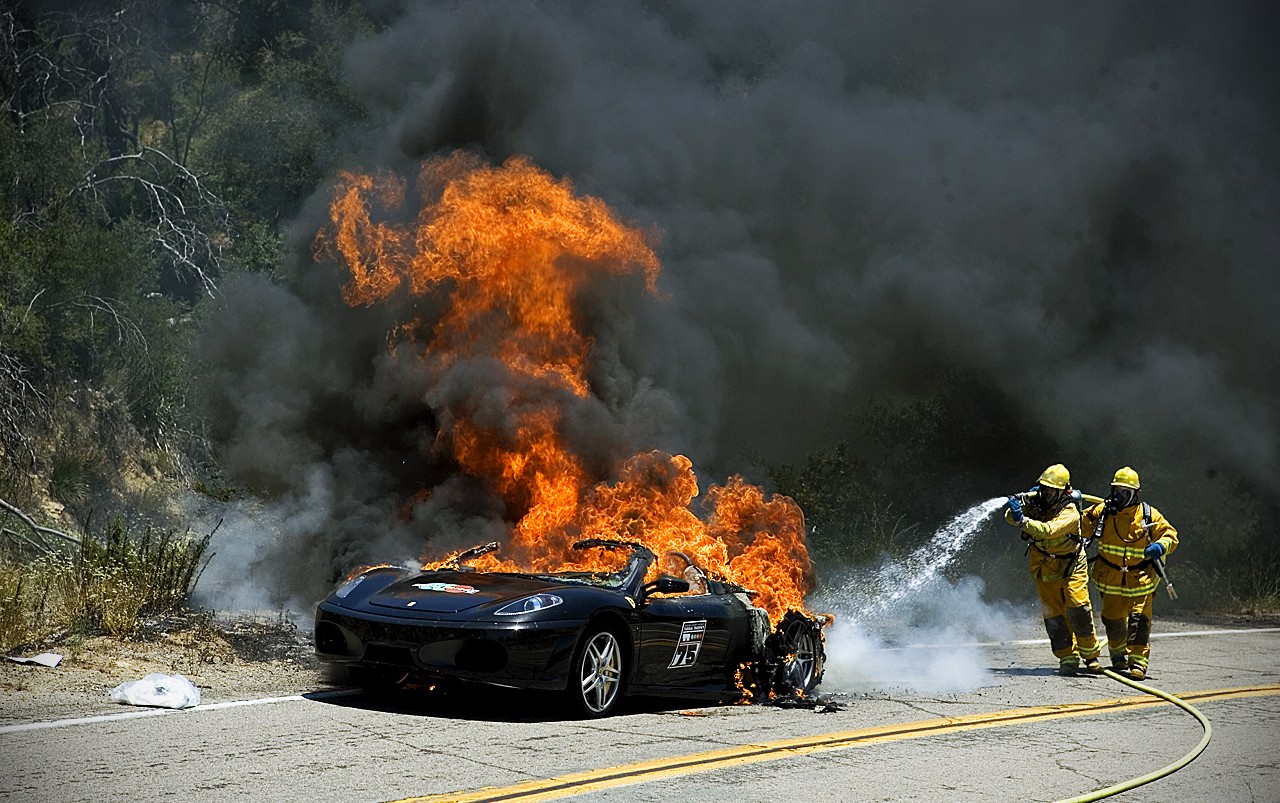With the Biden Administration’s push on electric vehicles, there’s one discussion that isn’t being had: lithium battery complications.
Big-named cars are making the switch from standard cars to electric cars. According to a BBC report, Jaguar intends on selling only electric vehicles by 2025, Volvo by 2030 and a British sports car company, Lotus, say it will follow in 2028.
It’s not just the luxury brands that are making the switch.
General Motors will sell electric vehicles only by 2035. Ford plans that all vehicles sold in Europe will be electric by 2030, unlike Volkswagen that intends on having only 70% of sales by 2030 be electric vehicles.
Should consumers be concerned over lithium-ion batteries?
Most lithium-ion batteries for electric vehicles come from China. While they hold the most power in the EV supply-chain market, several other countries are trying to secure it for themselves. China is continuing to enforce low-carbon policies, despite their infamous standing as the world’s second-largest carbon footprint, and seeks metals and materials elsewhere.
Over 50% of the world’s cobalt is found in the Democratic Republic of Congo. Indonesia, Australia and Brazil are home to another prominent element, Nickel. Over 3/4 of the world’s Lithium is found in South America— Chile, Bolivia and Argentina to be exact.
According to a Pew Research survey in 2020, there are just about, if not more, than 1.8 million electric vehicles in the United States— this is triple the amount in 2016, according to the International Energy Agency (IEA).

What makes the lithium-ion batteries in electric vehicles dangerous is that when being operated at high temperatures, there is a greater risk of the battery overheating and catching fire. A car crash, for instance, can lead to chemical leakage.
“For EV fires, it’s always difficult to pinpoint the exact root cause of the fire, because it is extremely difficult to ‘re-enact’ the fire incident with the same conditions,” said Kim Pil-soo, Engineering Professor at Daelim University.
Firefighters use about 300 to 500 gallons of water to put out a fire in a standard car, reported News 12. Texan firefighters used 30,000 gallons of water, over the course of 4 hours, to extinguish a Tesla fire in 2021, The Post reported.
According to New Scientist, there are a few alternatives to the lithium battery: salt, magnesium, seawater, glass batteries, fuel cells and liquid batteries.




